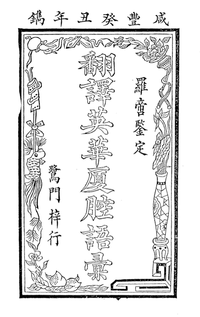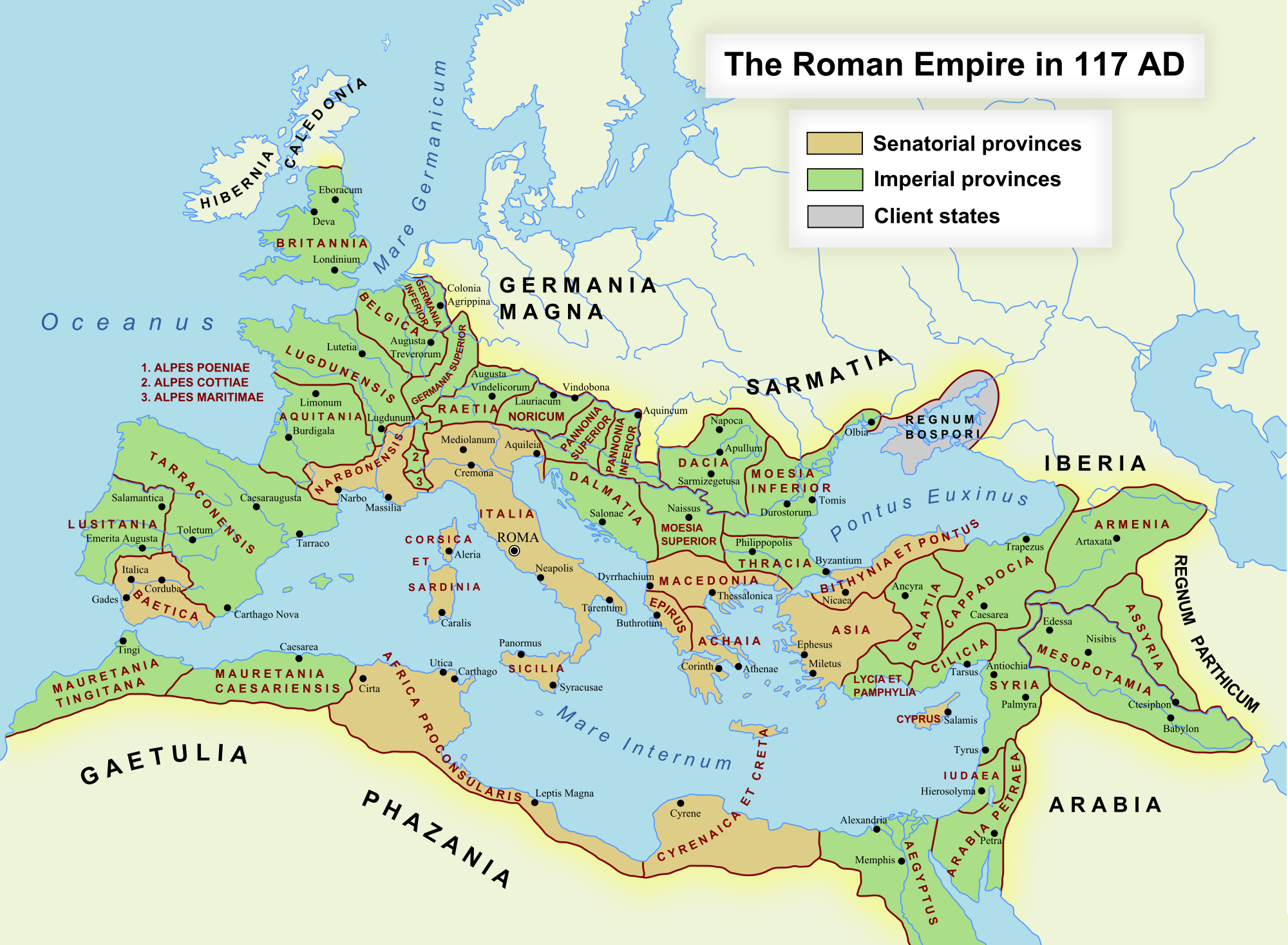Anglo Chinese Manual Of The Amoy Dialect Examples
Books.google.com.tr - The Routledge Encyclopedia of the Chinese Language is an invaluable resource for language learners and linguists of Chinese worldwide, those interested readers of Chinese literature and cultures, and scholars in Chinese studies. Featuring the research on the changing landscape of the Chinese language. The Routledge Encyclopedia of the Chinese Language.
- Anglo Chinese Manual Of The Amoy Dialect Examples Pdf
- Anglo Chinese Manual Of The Amoy Dialect Examples In Hindi
Child systems This article contains phonetic symbols. Without proper, you may see instead of characters. For an introductory guide on IPA symbols, see. Pe̍h-ōe-jī ( pronounced ( ), abbreviated POJ, literally vernacular writing, also known as Church Romanization) is an used to write variants of Chinese, particularly and.
Developed by Western working among the in in the 19th century and refined by missionaries working in and, it uses a modified and some to represent the spoken language. After initial success in, POJ became most widespread in and, in the mid-20th century, there were over 100,000 people literate in POJ. A large amount of printed material, religious and secular, has been produced in the script, including 's first newspaper, the. During (1895–1945), the use of Pe̍h-ōe-jī was suppressed and it faced further countermeasures during the (1947–1987). In Fujian, use declined after the establishment of the (1949) and in the early 21st century the system was not in general use there. Taiwanese, non-native learners of Southern Min, and native-speaker enthusiasts in Taiwan are among those that continue to use Pe̍h-ōe-jī.
Full native computer support was developed in 2004, and users can now call on, and extensive online dictionaries. Rival writing systems have evolved, and there is ongoing debate within the Taiwanese mother tongue movement as to which system should be used.
Versions of pe̍h-ōe-jī have been devised for other Chinese varieties, including and. Frontispiece of Doty's Anglo Chinese Manual of the Amoy Dialect (1853) The system expounded by Medhurst influenced later dictionary compilers with regard to tonal notation and initials, but both his complicated vowel system and his emphasis on the literary register of Southern Min were dropped by later writers. Following on from Medhurst's work, became the chief proponent of major changes in the orthography devised by Morrison and adapted by Medhurst. Through personal communication and letters and articles printed in The Chinese Repository a consensus was arrived at for the new version of POJ, although Williams' suggestions were largely not followed. The first major work to represent this new orthography was 's Anglo-Chinese Manual with Romanized Colloquial in the Amoy Dialect, published in 1853.
The manual can therefore be regarded as the first presentation of a pre-modern POJ, a significant step onwards from Medhurst's orthography and different from today's system in only a few details. From this point on various authors adjusted some of the consonants and vowels, but the system of tone marks from Doty's Manual survives intact in modern POJ. Has traditionally been regarded as the founder of POJ among the community which uses the orthography, although it now seems that he was an early promoter of the system, rather than its inventor.
In 1842 the was concluded, which included among its provisions the creation of in which Christian missionaries would be free to preach. (then known as Amoy) was one of these treaty ports, and British, Canadian and American missionaries moved in to start preaching to the local inhabitants.

These missionaries, housed in the cantonment of, created reference works and religious tracts, including a. Naturally, they based the pronunciation of their romanization on the speech of Xiamen, which became the de facto standard when they eventually moved into other areas of the Hokkien, most notably Taiwan. The 1858 officially opened Taiwan to western missionaries, and missionary societies were quick to send men to work in the field, usually after a sojourn in Xiamen to acquire the rudiments of the language.
Maturity., pp. 111, 116. Quoted in, p. 67. ^. Taiwan Church News. Archived from on 2009-03-01. Retrieved 2009-04-30. Adapted from, pp. 113–6.
September 15, 1974. Retrieved 18 December 2014.; quoted in, p. 22., p. 24. Loa Iok-sin (2009-02-28).
Retrieved 2010-03-31. Retrieved 2010-03-31., pp. 1–4: Entries under the initial ts have been tallied under the modern spelling of ch., pp. 86–88., p. 103–104. Retrieved 2010-07-29. (in Chinese). Retrieved 2010-03-10.

Wong-Anan, Nopporn (2009-09-16). Retrieved 2009-10-31. (in Chinese), Central News Agency., pp. 2–5.

– for Taiwanese language enthusiasts – uses POJ and Chinese characters. – information on Unicode encodings for POJ text. – group dedicated to the promotion of Taiwanese and Hakka romanization Input methods. – input method for both and.
– Windows-based input method for both Hokkien and Hakka variants. (in Chinese). – input method released by Taiwan's Ministry of Education.
Anglo Chinese Manual Of The Amoy Dialect Examples Pdf
– extension for the browser which allows POJ input in-browser. POJ-compliant fonts. – font in regular, and bold italic. Archived from on 2009-12-13. – available in serif, and. SIL International.
– -style serif. SIL International. – open source serif. – and -licensed serif. – and -licensed serif. – serif font specifically designed for POJ.
Texts and dictionaries. – list of books in Taiwanese, including those written in POJ.
Anglo Chinese Manual Of The Amoy Dialect Examples In Hindi
Archived from on 2009-11-29. – collection of Taiwanese texts in various orthographies, including many in POJ.
– dictionary which includes POJ, Taiwanese in Chinese characters, and Mandarin characters. Some English definitions also available. – sample images of various older POJ texts. Transliterates Southern Min Characters and Mandarin Characters to POJ. Of, the free encyclopedia.